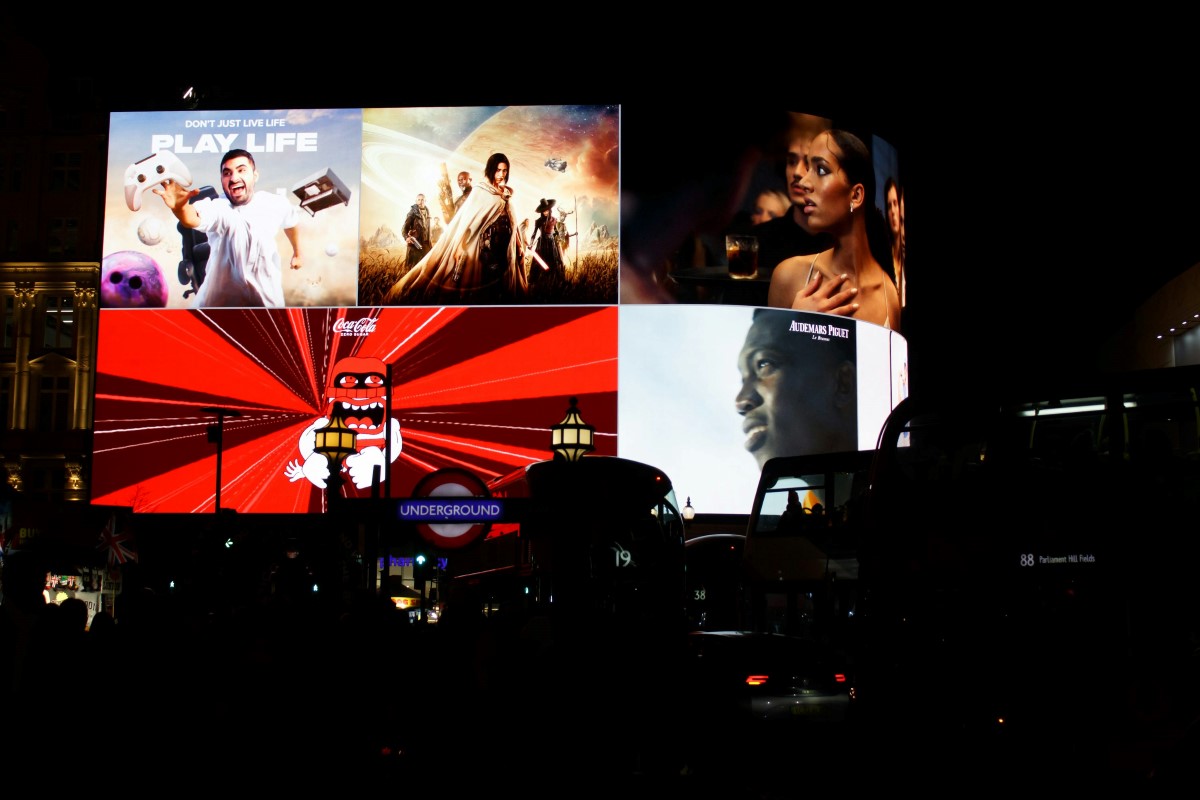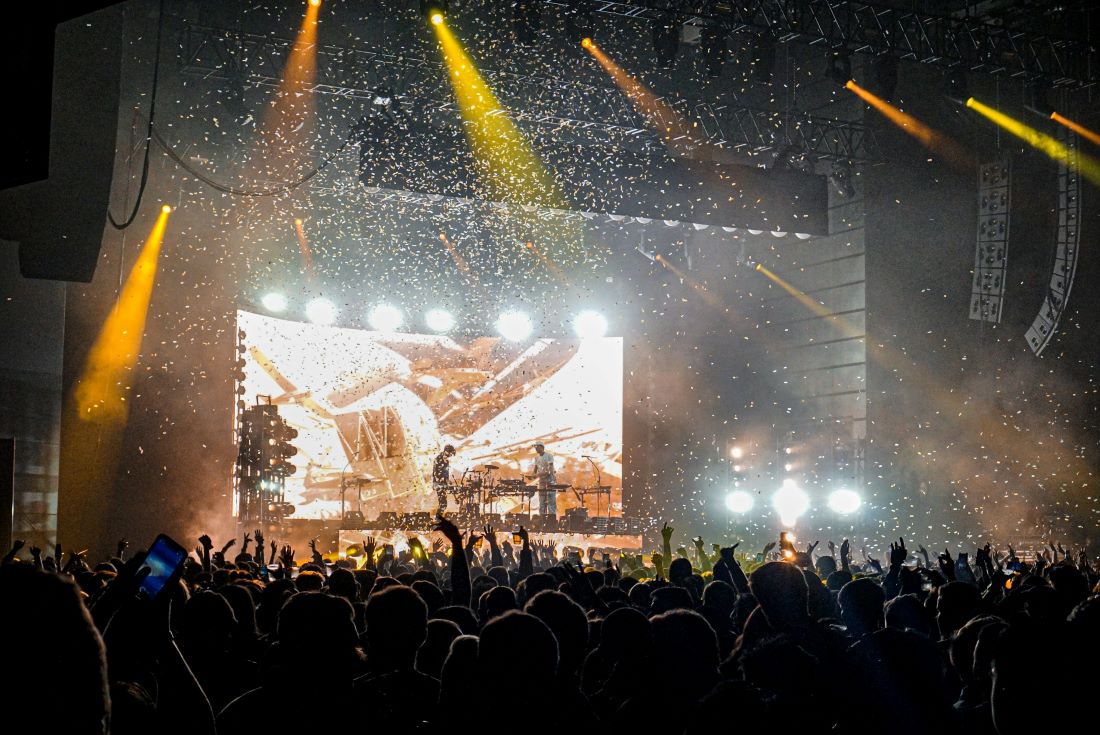In recent years, flexible LED display screens have revolutionized the event and stage design industry. Their unique adaptability and high-performance visuals allow designers to break free from traditional, rigid display constraints. This technology offers unparalleled creativity and dynamic visual storytelling, especially in live performances, festivals, concerts, and immersive lighting shows.
However, the journey to adopting flexible LED solutions was not without challenges. This article explores the background, the pain points in event staging, and how flexible LED screens solve these issues. We also discuss their technical advantages and why they have become indispensable in modern event design.
Traditional Event and Stage Display Limitations
Event and stage design has long relied on standard LED panels, LCD screens, and projection systems. These solutions provided high brightness and image quality but came with physical and creative limitations.
- Rigid form factors: Conventional LED panels are flat and inflexible. This restricts designers to basic rectangular or square setups.
- Heavy and bulky: Large LED walls can be heavy, making transportation and installation time-consuming.
- Limited shapes: Creative curved or wrap-around displays were hard to achieve.
- Durability concerns: Some traditional setups struggle under weather or repeated handling.
- Setup time and labor costs: Conventional panels require precise alignment and secure fastening.
These factors create bottlenecks in event design, especially for shows demanding unique stage shapes, quick installation, and visual impact.
Pain Points Driving Demand for Flexible LED Display Screens
Event producers and stage designers faced increasing challenges:
1. Creativity Constraints
Modern audiences expect engaging and immersive experiences. Designers want to craft stages with:
Curved, spherical, or abstract forms.
Displays wrapping around columns or ceilings.
Seamless integration with set pieces.
Rigid LED screens limit these possibilities, curbing creativity and reducing audience engagement.
2. Logistical and Operational Challenges
The event industry demands fast turnaround times. Challenges include:
Heavy screens are increasing labor costs.
Complex assembly impacting schedules.
Damage risk during transport.
Limited modularity for custom sizing.
These obstacles push for a lighter, flexible alternative.
3. Visual Impact and Performance
Large, bright, and vivid displays are essential. Yet:
Projection mapping can struggle with ambient light.
Rigid LEDs may show visible seams.
Viewing angles are limited on flat screens.
Event professionals seek flexible screens that offer seamless imagery and consistent performance.

How Flexible LED Screens Address These Challenges
Flexible LED display screens combine innovation in material science, electronics, and manufacturing to tackle these pain points head-on.
h1. Adaptability in Design
Flexible LEDs use bendable substrates and lightweight materials. This allows:
Curved and shaped displays: Wrap-around irregular stage structures.
Creative installation: Cover domes, columns, and artistic sets.
Custom dimensions: Panels can be cut or joined without harsh edges.
The flexibility unlocks new creative dimensions for event designers.
h2. Lightweight and Portable
These displays weigh significantly less than traditional LED walls. Benefits include:
Easier transport and setup.
Reduced labor and equipment costs.
Enhanced safety during installation.
De plus, the modular nature supports quick configuration changes between events.
h3. Superior Visual Quality
Modern flexible LED panels provide:
High pixel density for sharp images.
Wide viewing angles for audience immersion.
Excellent brightness to compete with ambient light.
Smooth color gradations and seamless imagery.
This results in captivating visual presentations that hold the audience’s attention.
h4. Durabilité et fiabilité
Flexible LED displays often feature:
Robust, impact-resistant materials.
Resistance to vibration and shocks.
Protection against moisture and dust (IP-rated options).
This ensures dependable performance, especially in outdoor or high-traffic venues.
Technical Aspects of Flexible LED Display Screens
Structure and Components
Flexible LED displays integrate:
- Bendable circuit boards: Typically made from flexible PCB or thin plastic.
- Miniature LEDs: Surface-mount LEDs arranged densely.
- Elastic connectors: Facilitate panel joining while maintaining signal integrity.
- Protective coatings: Shield delicate components.
Together, these elements create screens that can bend but maintain electrical and visual stability.
Pixel Pitch and Resolution
Smaller pixel pitch (e.g., 2.5mm to 5mm) yields sharper images.
High resolution is possible even on curved surfaces.
Designers can select pixel pitch based on viewing distance and content.
Brightness and Color Performance
Brightness levels often reach 1,000 to 3,000 lentes, suitable for outdoor daylight.
Color reproduction meets Rec. 709 and HDR standards.
Refresh rates exceed 1920Hz to prevent flickering in broadcasts or live feeds.

Applications in Events and Stage Design
- Concerts and Live Performances: Flexible LED displays wrap around stage backdrops, ceilings, and even instruments. This creates immersive environments where visuals react to music and choreography.
- Festivals and Outdoor Light Shows: Their lightweight, weather-resistant properties suit large-scale festivals. Flexible screens form dynamic light sculptures and wrap tents or stages, enhancing ambiance.
- Theater and Performing Arts: Curved displays integrate with set pieces, creating visually stunning and narrative-enhancing backgrounds. Flexibility aids rapid scene changes.
- Corporate and Trade Shows: Brands use flexible LED screens for unique booth designs, curved signage, and interactive displays. This helps attract visitors and reinforce brand identity.
- Sports Events and Arenas: Flexible LED displays conform to architectural features. They deliver dynamic advertising and information around columns or curved walls.
Conclusion
Flexible LED display screens redefine event and stage design by removing traditional constraints. Their adaptability, lightweight nature, and outstanding visual performance make them essential in creating immersive, dynamic, and memorable experiences.
At AIME, we understand the challenges and demands of event professionals. Our flexible LED solutions offer unmatched creativity and operational efficiency. As events grow more ambitious, flexible LED technology remains the key to unlocking new visual frontiers.
If you want to enhance your stage design with the latest in LED technology, explore LIKELED’s flexible LED display screens today.

